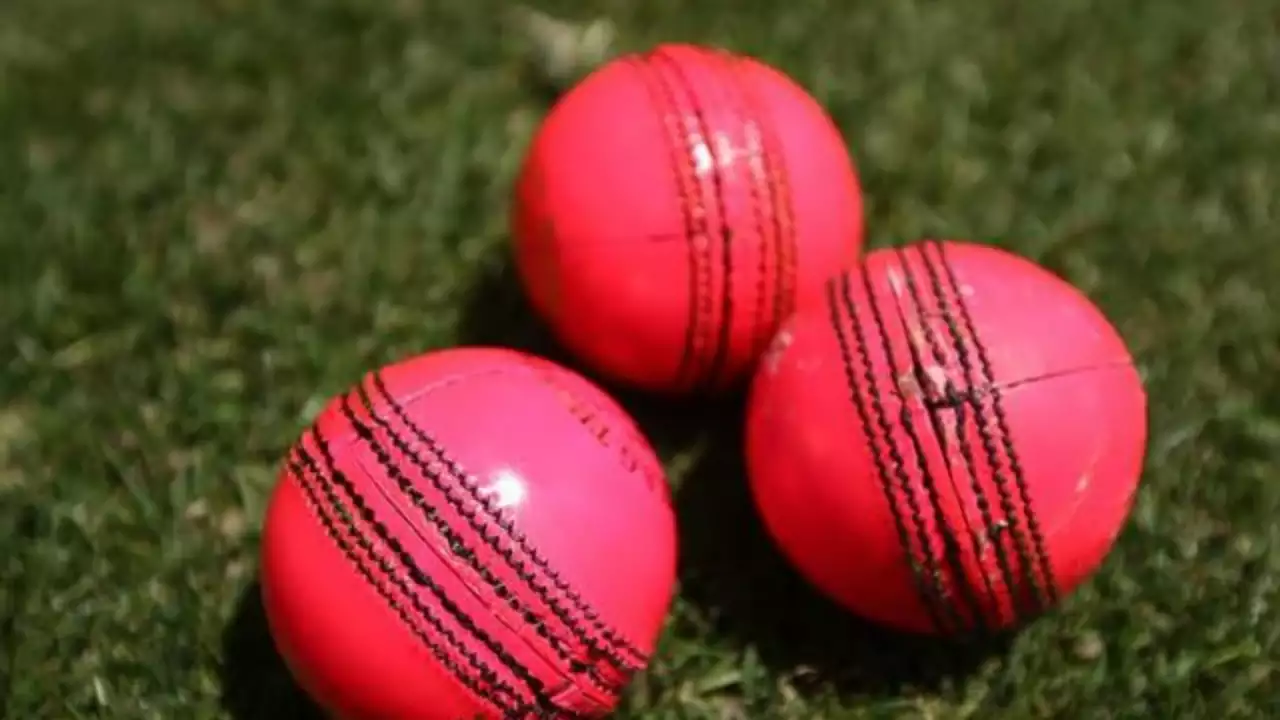
India-Australia will play a pink-ball Test
KEY HIGHLIGHTS
- India and Australia will play a pink-ball Test
- It will be India's first day-night Test since March 2022
- India have played four pink-ball Tests
The second Test between India and Australia will kickstart in Adelaide from Friday (December 6) and will be a special occasion in the Border-Gavaskar Trophy as it will be a pink-ball Test played under the lights. This will only be the second-ever day-night Test between India and Australia.
The first pink-ball Test between two countries saw India infamously being bowled out for 36 at Adelaide in 2020. Overall, Australia has played 12 day-night Test matches and won 11. Their first defeat came earlier this year against West Indies at the Gabba.
India has played four pink-ball tests, with three of them at home. They defeated Bangladesh in Kolkata (2019), England in Ahmedabad (2021), and Sri Lanka in 2022 (Bengaluru). The clash against Australia will be India's first pink-ball Test in almost three years.
What Is Different in Day-Night Tests?
The playing conditition of Test cricket were changed in 2012 by the International Cricket Council (ICC) to allow Test matches to be played under the lights. The first-ever day-night Test was played in 2015 at Adelaide (Australia vs New Zealand) after years of deliberation and trials.
The decision to introduce day-night Test cricket was taken in order to increase the popularity of the longest format of the game and to play it at a time where it can attract more crowds and greater audience on televison.
The biggest change between a normal and day-night Test match is that it the latter is played with a pink ball instead of the traditional red.
Meanwhile, the tea break (20-minute break) takes place after the first session break while a lunch break is replaced by a dinner break (40-minute break) and takes place at the end of the second session.
What Is A Pink-Ball And How Is It Different From Red-Ball?
Due to the red ball not being visible under lights, a need arose for a new colour to make day-night Tests a realistic proposition. While pink was finalized, trials were also held with the yellow and orange ball. Unlike the red ball, which is dyed, the pink ball is coated with polyurethane.
Unlike the red ball, which has a white seam, the pink ball has a black seam. While the initial batch had a white seam, a change was made in 2016 to increase the visibility and ensure there is a contrast with the pink color of the ball.
A big factor behind the ball is it has an extra coating of lacquer (shiny coating). This ends up having a big effect on how the game is played, as the pink ball ends up swinging more, especially under lights. The extra layer of lacquer leads to the ball moving off the surface quicker. The pink ball also has a longer durability and maintains its shine for longer, making it tougher for batters as there is movement on offer for far longer.
The India-Australia clash in Adelaide will be the 21st pink-ball Test. So far, all 20 day-night Test matches have produced a result and there has been no draw.
Get Latest News Live on Times Now along with Breaking News and Top Headlines from Cricket, Sports and around the world.
